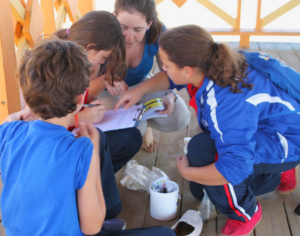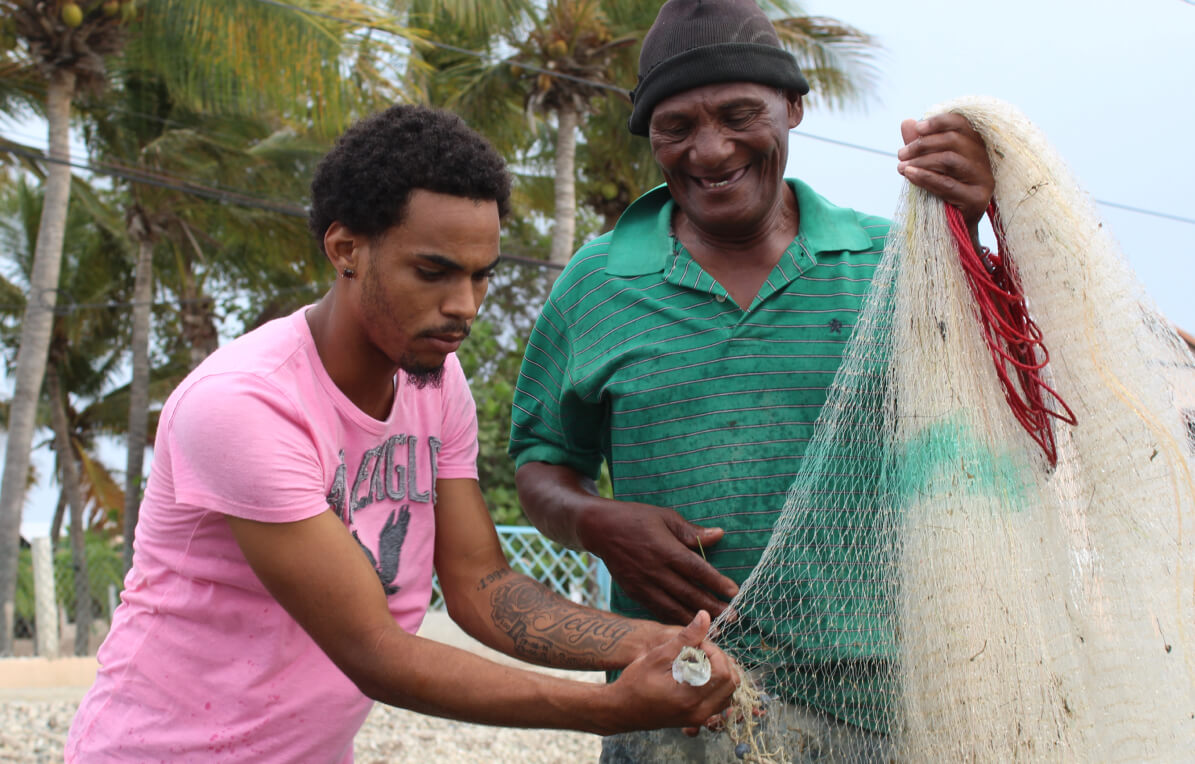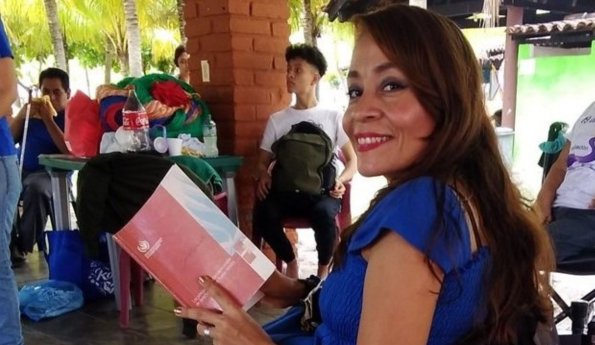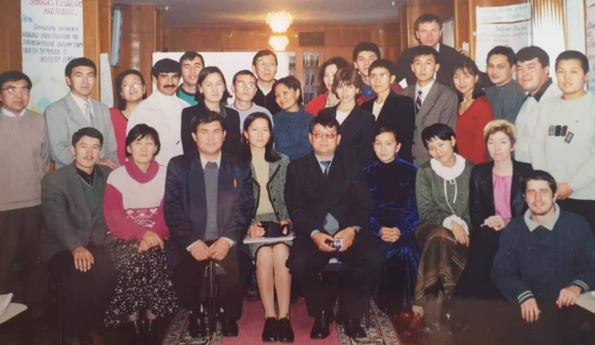On April 18, 2016, the Vice President of the Dominican National Council on Climate Change, Omar Ramírez Tejada, met with Counterpart International President and CEO, Joan Parker, Board Chair, Deborah Nolan, and the Executive Director of the Social Sector Accelerator, Teresa Crawford, to discuss the design of the nationally appropriate mitigation action (NAMA).
The Dominican Republic is listed in the Global Climate Risk Index as the eighth country in the world most affected by climate change. Created in response to the United Nations Framework Convention on Climate Change (UNFCC), NAMA will garner funding to fuel coastal conservation programs, which will enable the country to lower its carbon footprint.
The NAMA is just one of the important components of Counterpart’s Coastal Resiliency framework.
Counterpart has been working since 2004 in partnership with local organizations to improve the management of the country’s natural resources. In 2014, we brought together all of our activities under the Coastal Resiliency framework developed by local organizations, business and government. A core component of this framework is working with local communities on mangrove conservation and other climate resiliency activities.
Mangrove forests have long been a tremendous asset to the Dominican Republic, providing critical wildlife habitat, preventing shore erosion and protecting local coastal communities. However, it was only in recent years that their tremendous contribution has been elevated because of ‘blue carbon.’
In June 2012, Counterpart International, Oregon State University, Watershed Professionals and our local partner, AgroFrontera, completed a significant study on the carbon stocks embedded in the soils of the mangrove forests of Montecristi. Although we long suspected the Dominican mangroves to be natural absorbents of blue carbon, the carbon stored by coastal ecosystems, what we found was truly incredible.
Preliminary soil samples from tall, medium and dwarf mangroves revealed some of the richest carbon stores in the Western Hemisphere. With deeper deposits of carbon-rich soil than even scientists had anticipated, the incredible importance of preserving these silent giants to improve the Dominican Republic’s climate resiliency and mitigate global climate change became even more apparent.

Men working in rice fields in the Montecristi province of the Dominican Republic.
Our groundbreaking mangrove soil study was published in 2014. As a result of this– and the expertise Counterpart cultivated through other climate resiliency projects in the Dominican Republic – the Dominican National Council on Climate Change invited Counterpart to co-draft the NAMA in November 2014. Less than a year later, representatives from our partner organizations, The University of Oregon and AgroFrontera, presented their draft on a national blue carbon conservation plan at COP21.
“This work will position the country as a leader in the field, and so the NAMA was presented at COP21 to share our innovation with others on a global stage,” explained Teresa Crawford.
Counterpart believes one of the best ways to ensure the protection of the mangrove and coral ecosystems is to educate Dominican youth about climate change and prepare them to become leaders in protecting their natural heritage.
With that in mind, in May of 2015, Counterpart International partnered with Hiram College to implement an innovative science curriculum, the Dominican Environmental Education Program (DEEP). In ten bilingual schools across the country, DEEP incorporates hands-on learning into science classes.

Students in the D.E.E.P. program monitoring water quality on coast of the Dominican Republic.
An integral piece of Counterpart’s Coastal Climate Resiliency Program, DEEP works by training science teachers to construct curriculum that engages students in the science of their local communities. This pilot project has so far trained 150 high school students and twelve teachers in climate conservation science.

Students collaborating on coastal science activities
Their first project was the collection and monitoring of data from the Guibia beach in Santo Domingo. After monitoring the beach for a year, Counterpart International and Learning Stream International organized DEEP Day on April 16, 2016.
DEEP Day brought together students from the seven participating schools to present the results of their findings from the field to staff and parents. They further participated in a round robin with presentations from the NGO’s in the Dominican Republic that are partners with Counterpart International and a part of the nation’s climate resilience community.
Counterpart aims to continue cooperating with the Dominican Ministry of Education as DEEP continues to grow so that our success can serve as a sustainable model for climate education in the Dominican Republic and beyond.
Through our continued collaboration with the government and local partners, we can improve the country’s resiliency against the impacts of climate change. By educating present and future generations together, we can ensure they are knowledgeable, trained and empowered to work for the sustainable future of the Dominican Republic.
In the words of the founding father of the Dominican Republic, Juan Pablo Duarte, “Trabajemos por y para la Patria, que es trabajar para nuestros hijos y para nosotros mismos.” (Let’s work for the country, which is work for our children and for ourselves.)




